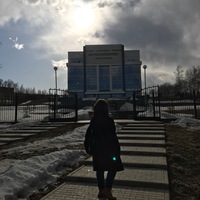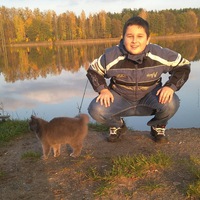
Объясните взаимосвязь между кометами и метеорными потоками.
 0
0
 0
0
Ответы на вопрос
 Внимание! Ответы на вопросы дают живые люди. Они могут содержать ошибочную информацию, заблуждения, а также ответы могут быть сгенерированы нейросетями. Будьте внимательны. Если вы уверены, что ответ неверный, нажмите кнопку "Пожаловаться" под ответом.
Внимание! Ответы на вопросы дают живые люди. Они могут содержать ошибочную информацию, заблуждения, а также ответы могут быть сгенерированы нейросетями. Будьте внимательны. Если вы уверены, что ответ неверный, нажмите кнопку "Пожаловаться" под ответом.

 0
0
 0
0

Метеоры -это мелкие кусочки(обломки) комет и астероидов
__________
УДАЧИ!!!
 0
0
 0
0

The Relationship Between Comets and Meteor Showers
Comets and meteor showers are both celestial phenomena that are related to each other. Comets are icy bodies that orbit the Sun, while meteor showers are events that occur when the Earth passes through the debris left behind by comets.
Comets are composed of a mixture of ice, dust, rock, and organic compounds. They originate from the outer regions of the solar system, such as the Kuiper Belt and the Oort Cloud. When a comet approaches the Sun, the heat causes the ice to vaporize, creating a glowing coma (a cloud of gas and dust) around the nucleus of the comet. The solar wind and radiation pressure from the Sun also cause the formation of a tail that points away from the Sun.
Meteor showers, on the other hand, occur when the Earth passes through the orbit of a comet and encounters the debris left behind by the comet. As a comet orbits the Sun, it sheds small particles, dust, and debris along its path. These particles are distributed along the comet's orbit, forming a stream of debris. When the Earth intersects this stream, the particles enter the Earth's atmosphere and burn up, creating streaks of light known as meteors or shooting stars.
The relationship between comets and meteor showers can be explained as follows:
1. Comet's Orbit: Comets have elliptical orbits around the Sun. As a comet approaches the Sun, it heats up and releases gas and dust, creating a coma and a tail. The debris shed by the comet is distributed along its orbit.
2. Meteoroid Stream: The debris shed by a comet forms a stream of particles along its orbit. This stream of particles is called a meteoroid stream.
3. Earth's Encounter: When the Earth's orbit intersects with the orbit of a comet or its meteoroid stream, the Earth passes through the stream of debris. As the particles enter the Earth's atmosphere, they burn up due to friction with the air molecules, creating bright streaks of light known as meteors.
4. Meteor Shower: When the Earth passes through a dense region of a comet's meteoroid stream, a meteor shower occurs. During a meteor shower, the number of meteors visible in the sky increases significantly. Meteor showers are named after the constellation from which the meteors appear to radiate, such as the Perseids (associated with the constellation Perseus) or the Leonids (associated with the constellation Leo).
It is important to note that not all meteors are associated with meteor showers. Some meteors, known as sporadic meteors, are not part of any known meteor shower and can occur at any time throughout the year.
In summary, comets and meteor showers are connected through the debris shed by comets. Comets release gas, dust, and small particles as they approach the Sun, forming a stream of debris along their orbit. When the Earth passes through this stream, the particles enter the Earth's atmosphere and create meteor showers, resulting in the appearance of shooting stars or meteors in the sky.
 0
0
 0
0
Похожие вопросы
Топ вопросов за вчера в категории Астрономия
Последние заданные вопросы в категории Астрономия
-
Математика
-
Литература
-
Алгебра
-
Русский язык
-
Геометрия
-
Английский язык
-
Химия
-
Физика
-
Биология
-
Другие предметы
-
История
-
Обществознание
-
Окружающий мир
-
География
-
Українська мова
-
Информатика
-
Українська література
-
Қазақ тiлi
-
Экономика
-
Музыка
-
Право
-
Беларуская мова
-
Французский язык
-
Немецкий язык
-
МХК
-
ОБЖ
-
Психология
-
Физкультура и спорт
-
Астрономия
-
Кыргыз тили
-
Оʻzbek tili




















